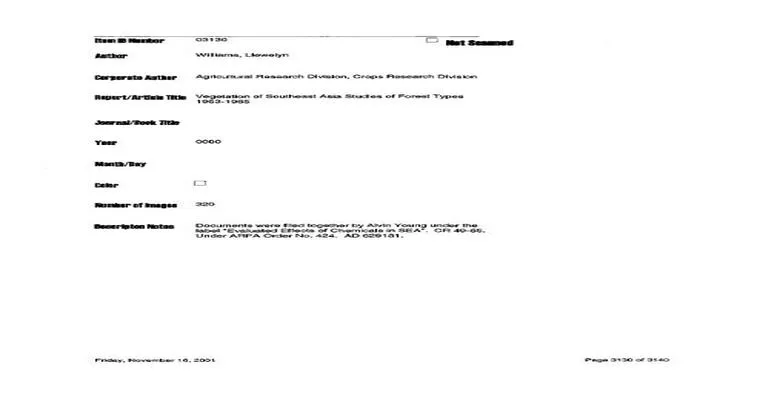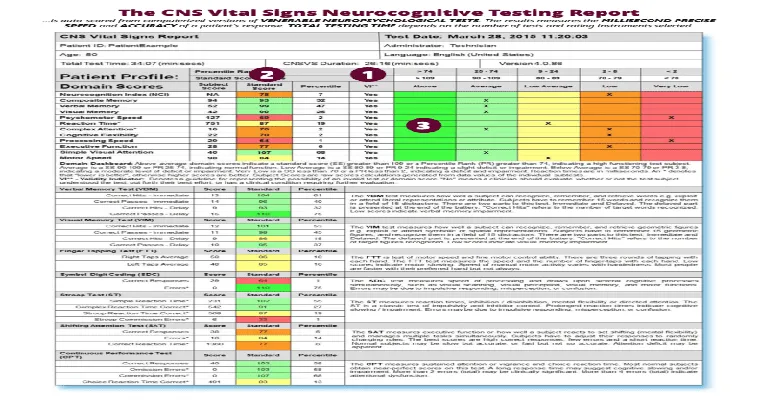When caring for a "91-year-old" individual with "no leg stability", the decision to transition from full-time care to an "assisted living" (AL) facility can be a challenging yet necessary step. Currently, this individual is receiving full-time care in Illinois, which costs approximately "22,000 dollars monthly". However, the need for a more suitable living arrangement is becoming increasingly evident, particularly as he requires a "transfer" to an assisted living unit in a Continuing Care Facility (CCF) to enhance his quality of life.
As people age, their health care needs often become more complex. For seniors with limited mobility, maintaining independence while ensuring safety and support is essential. Assisted living facilities provide a valuable alternative for seniors who require assistance with daily activities yet are not in need of the more intensive care offered by nursing homes. By transitioning to an AL unit, the 91-year-old can benefit from a community environment that promotes social interaction, offers tailored support, and provides opportunities for engagement in various activities.
The current monthly expense of "22,000 dollars" for full-time care may be a burden on family finances. Assisted living facilities often offer a more affordable solution, with costs usually lower than that of full-time care. This transition can lead to financial relief while still ensuring that the individual receives the necessary support to thrive.
Moreover, assisted living facilities are equipped to handle residents with mobility challenges. They provide accessible environments, trained staff, and equipment that can assist with transfers and daily activities, significantly improving the quality of life for seniors with "no leg stability". This setting not only ensures safety but also fosters a sense of community, reducing feelings of isolation that can occur when someone is receiving care at home.
It is crucial to choose an assisted living facility that specializes in supporting residents with similar needs, such as those requiring mobility assistance. Facilities that offer a "Continuing Care" model can provide various levels of care, ensuring that as health needs change, the individual can remain in the same community while receiving the appropriate level of support.
In conclusion, for a "91-year-old" man with "no leg stability" currently facing the high costs of full-time care in Illinois, transitioning to an "assisted living" unit in a CCF presents a practical solution. By making this move, he can enjoy a more supportive and engaging environment that caters to his mobility challenges while alleviating the financial strain on his family. With careful research and planning, finding the right assisted living facility can make a significant difference in his overall well-being and quality of life.





